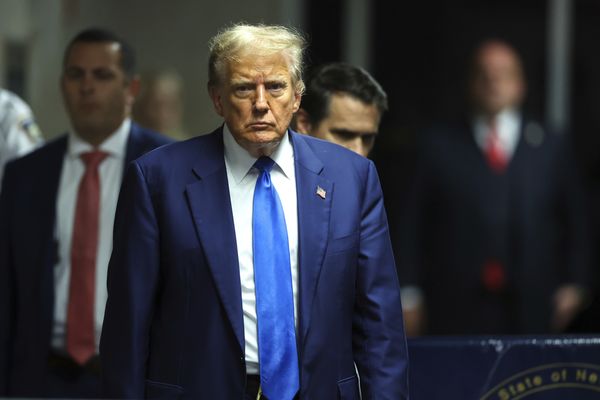
Yesterday’s news that the Victorian government is axing advertisements in print was quickly wrangled by both “Dan Stans” and critics alike into the media’s favoured political storyline of the ongoing conflict between the Andrews government and the old media mastheads of the Herald Sun and The Age.
And, sure, it’s been entertaining to watch old media pivot from its traditional demand that governments “cut spending” to shrieking “Not that spending!” But there’s a bigger story here. The centuries-long link between news media and advertising has snapped. Yesterday’s announcement just forced us to notice it.
There’s a lot more bad news than the advertising strategy of one state government. Digital has slashed the costs of reaching audiences, while an opaque, largely Google-controlled ad-tech sector is now clipping up to half of advertisers’ spend.
The figures in last week’s report from the Standard Media Index (SMI) were stark (although dressed up with the industry’s usually glass-half-full sensibility, as Unmade’s Tim Burrowes noted). They showed that once stripped of the Morrison-boosted government and political advertising, January-April spend was flat this year against the last comparable (not pandemic, not election year) period in 2018. In real (inflation-adjusted) terms, that means the spend is down a wallet-shaking 20%.
Worse, that much lower spend is increasingly going digital: it’s being allocated “programmatically” — that is, by the fee-charging algorithmic program of ad-tech, based on where it thinks people are — which is increasingly determined, in turn, by the secretive algorithms of search and social distribution.
Some news sites can game the system with clickbait (or “search engine optimisation” as it’s called in polite company). But it’s a low-scale game in the free-to-access market, with even big commercial players like news.com.au and nine.com.au struggling (and, to their frustration, competing with the ad-free ABC).
The shift to ever-harder paywalls by media companies seems to be also costing ad dollars. The SMI figures show that in just the past year, advertising spend on news media — mainly newspapers and news websites — is down over 30% for both printed and digital products.
Looks like those few advertisers (such as cruise ships) chasing the aging demographic still reading print came out of the pandemic, looked at the audience numbers the mastheads were offering, and went: “In this economy?”
That’s hurrying on the moment when old media finally stop the presses — for good — as they did for most regional and community papers back in 2020.
The big advertising shift is also shaking up video, with a 19% fall in television spend only partly offset by a 50% jump in digital video. The big players are able to offset their lost free-to-air dollars by mopping up some digital cents with broadcast video-on-demand (BVOD) like 9Now or 7Plus.
But the elephants in the video room remain YouTube and Netflix. Last year, the industry news site Mi3 estimated YouTube’s Australian revenues at about $2 billion. Netflix meanwhile has started publicly reporting its Australian revenues of about $1.06 billion in 2022, mainly in subscription fees.
According to Nine’s most recent annual report, its BVOD offering, 9Now, earned (mainly advertising) revenues of $151 million while Stan brought in $381 million in subscriptions.
Last November, Netflix started trialling its low-cost ad-supported tier in Australia. The jump in SMI’s digital video ad numbers suggests it’s starting to take a bite.
Want more bad news (for commercial media, that is)? Looks like the government is going to restrict the one big advertising growth area: sports betting. It’s been such a boost that, the Victorian Responsible Gaming Foundation warns, children and young adults now naturally link sport and gambling.
After Opposition Leader Peter Dutton latched on to the issue in his budget reply, Prime Minister Anthony Albanese called the ads “annoying” and the government has been quietly letting the gallery know that it’s intending to act as soon as a parliamentary report is handed down.
The announcement in Victoria reminds us that there’s always politics being played when “media” and “government advertising” come together in one sentence. Around the world, advertising by governments and government-owned corporations (as in India) have used their emergence as key advertisers in declining revenues to ride state-capture of news media.
It should remind us that in the context of the media’s advertising crisis, often it can be more political to continue old media advertising than it is to stop it.







